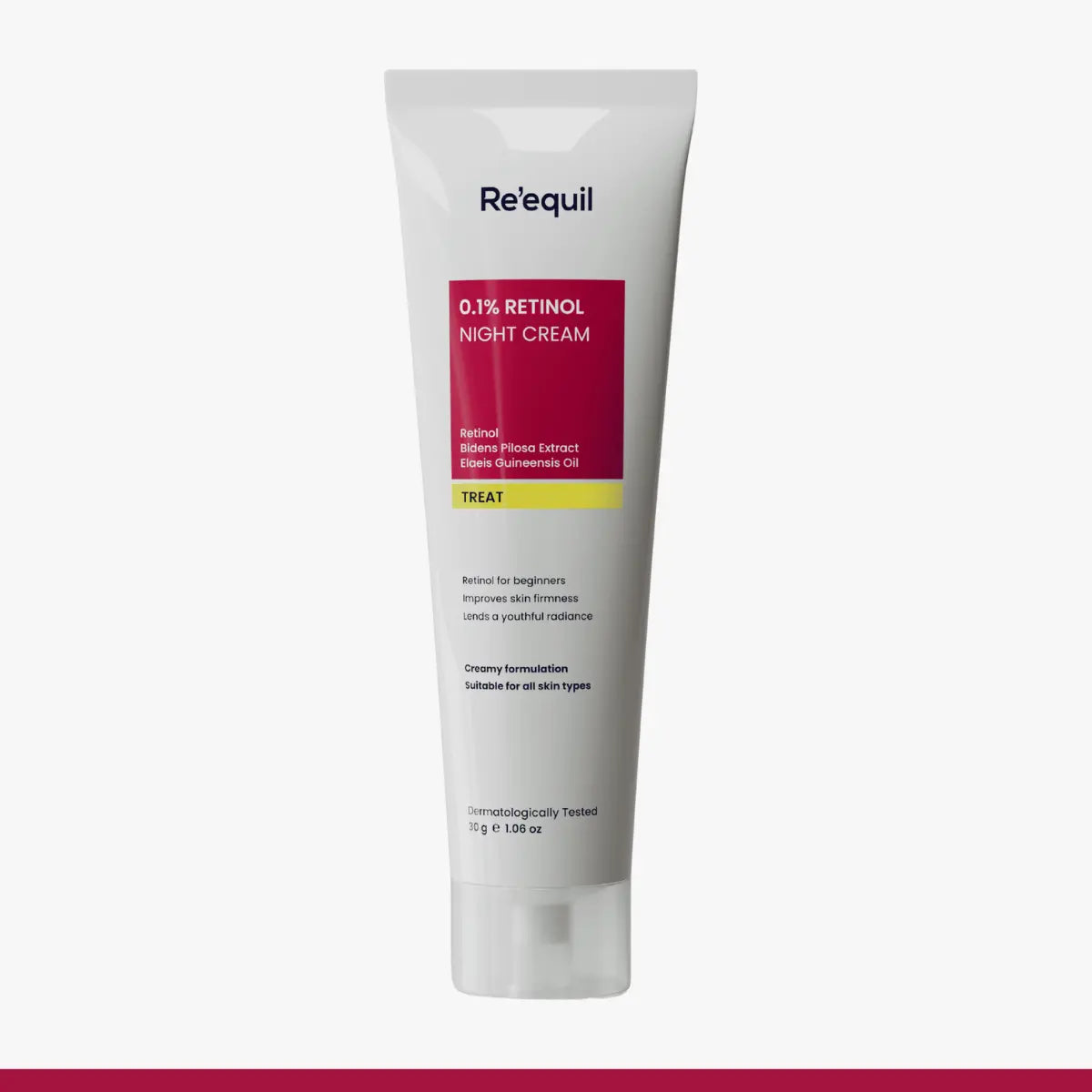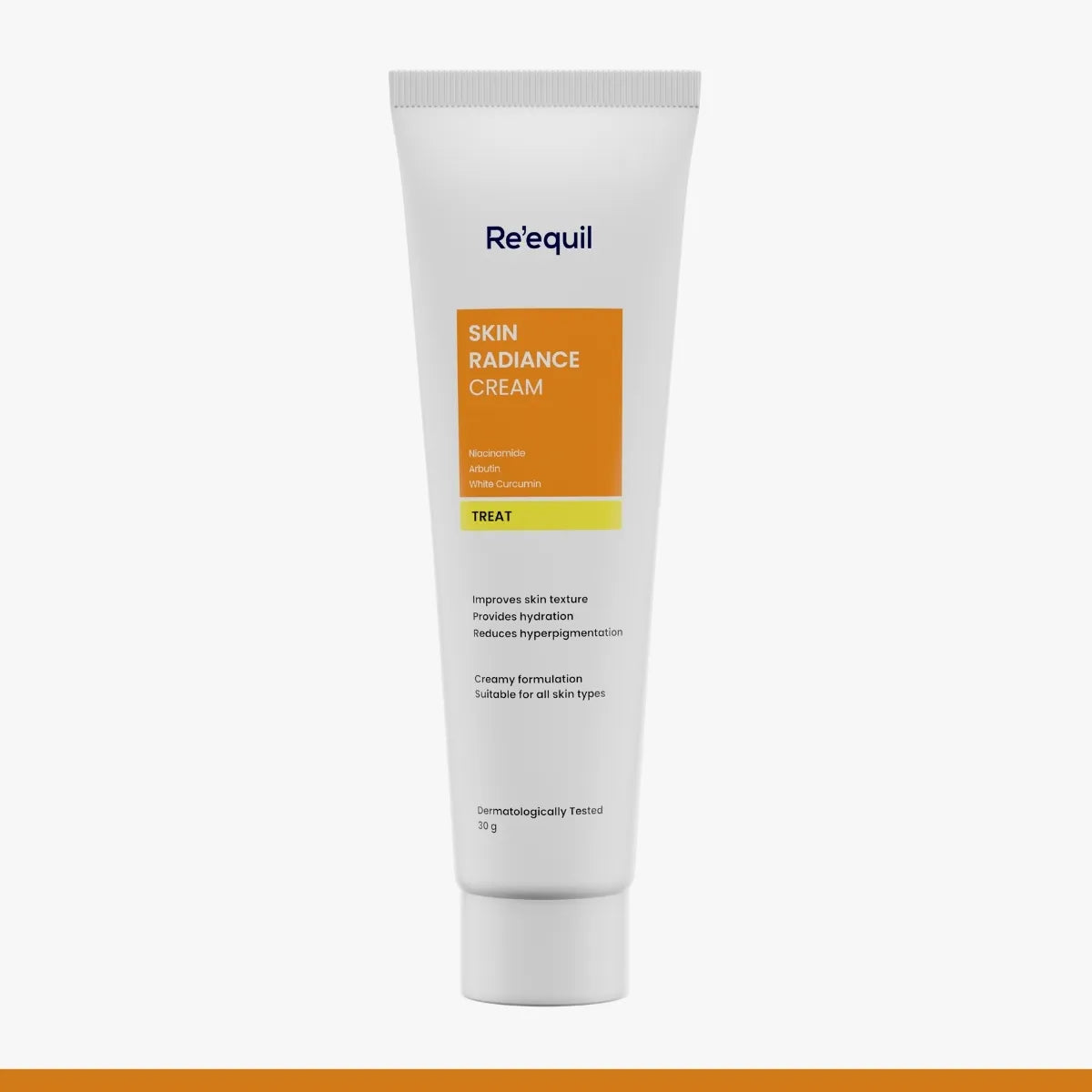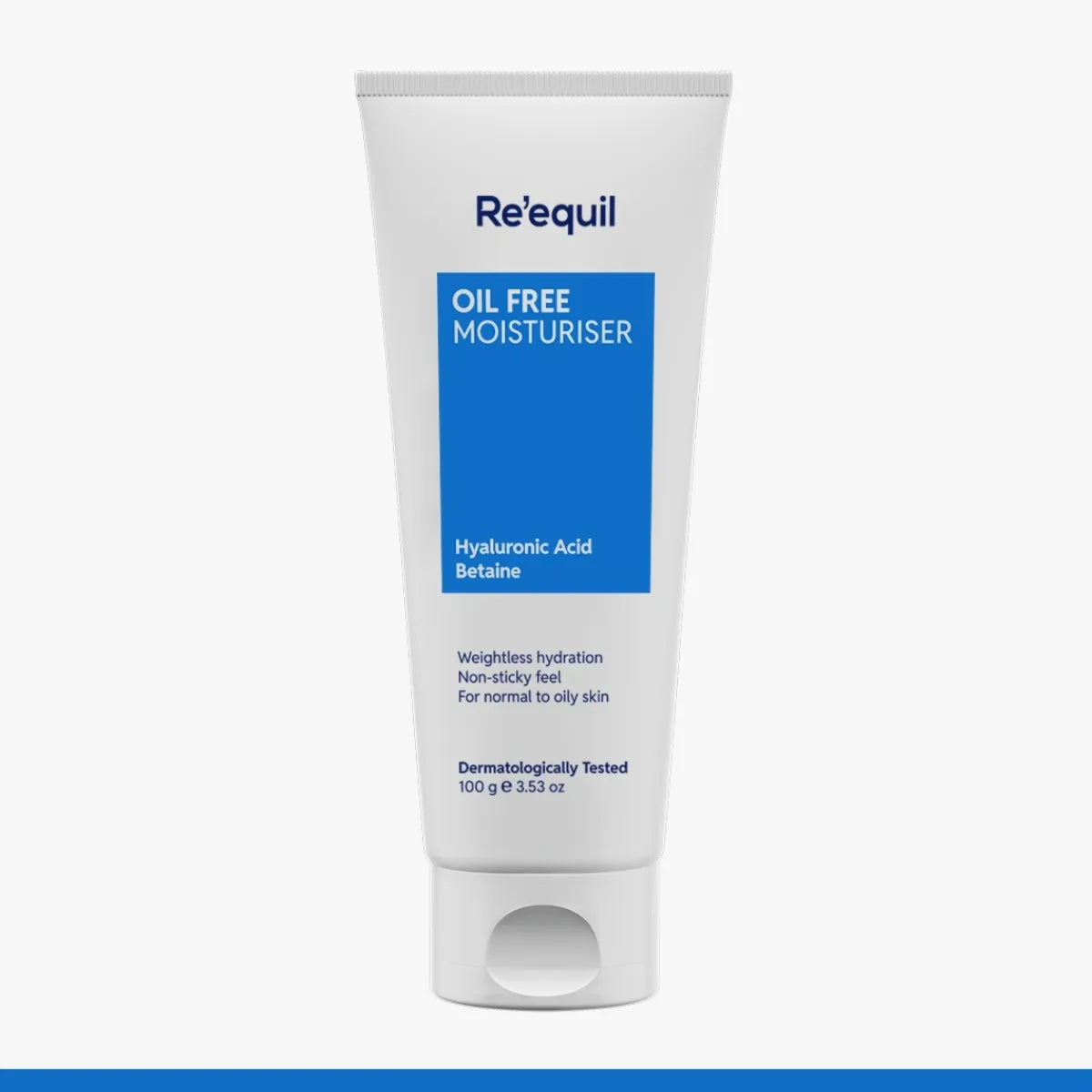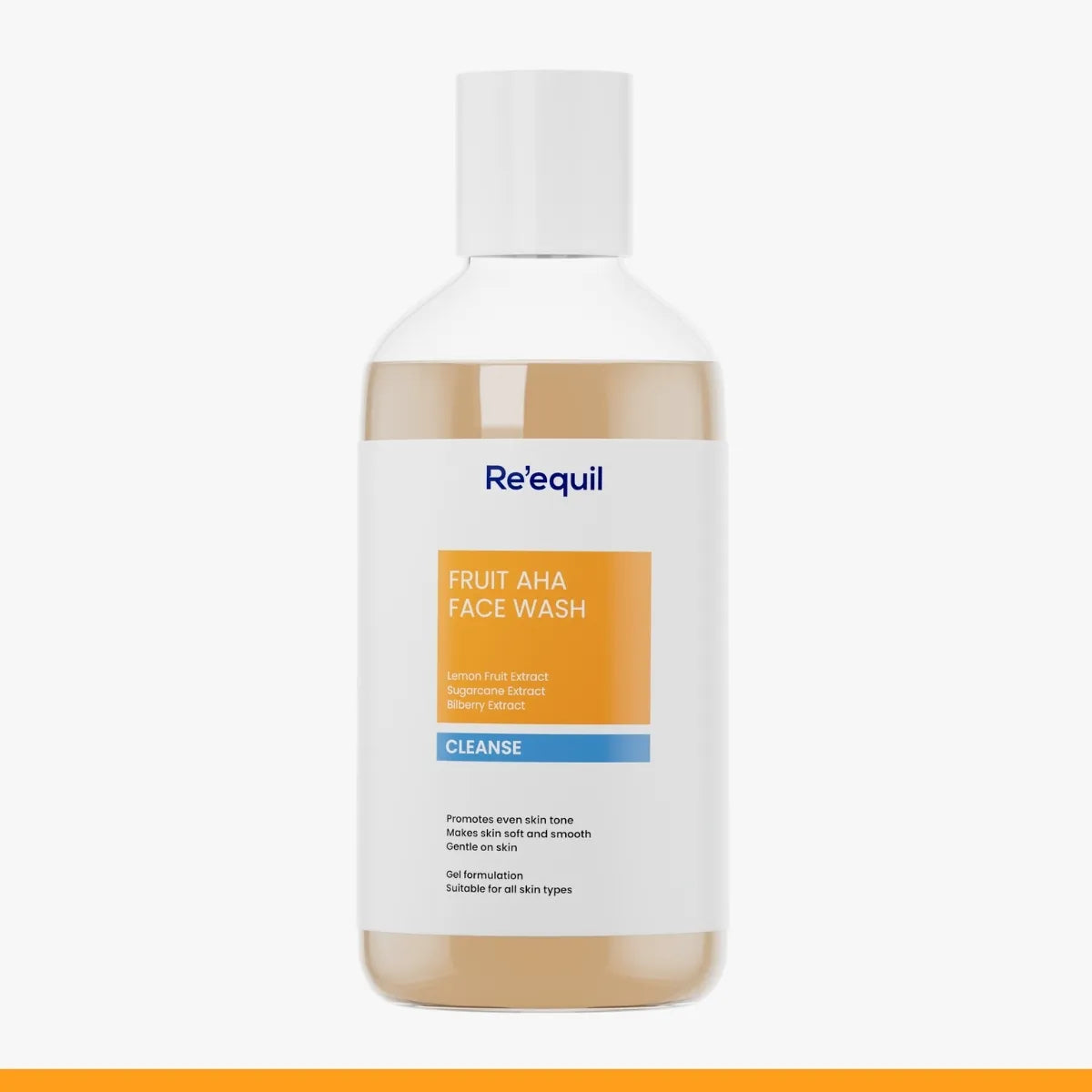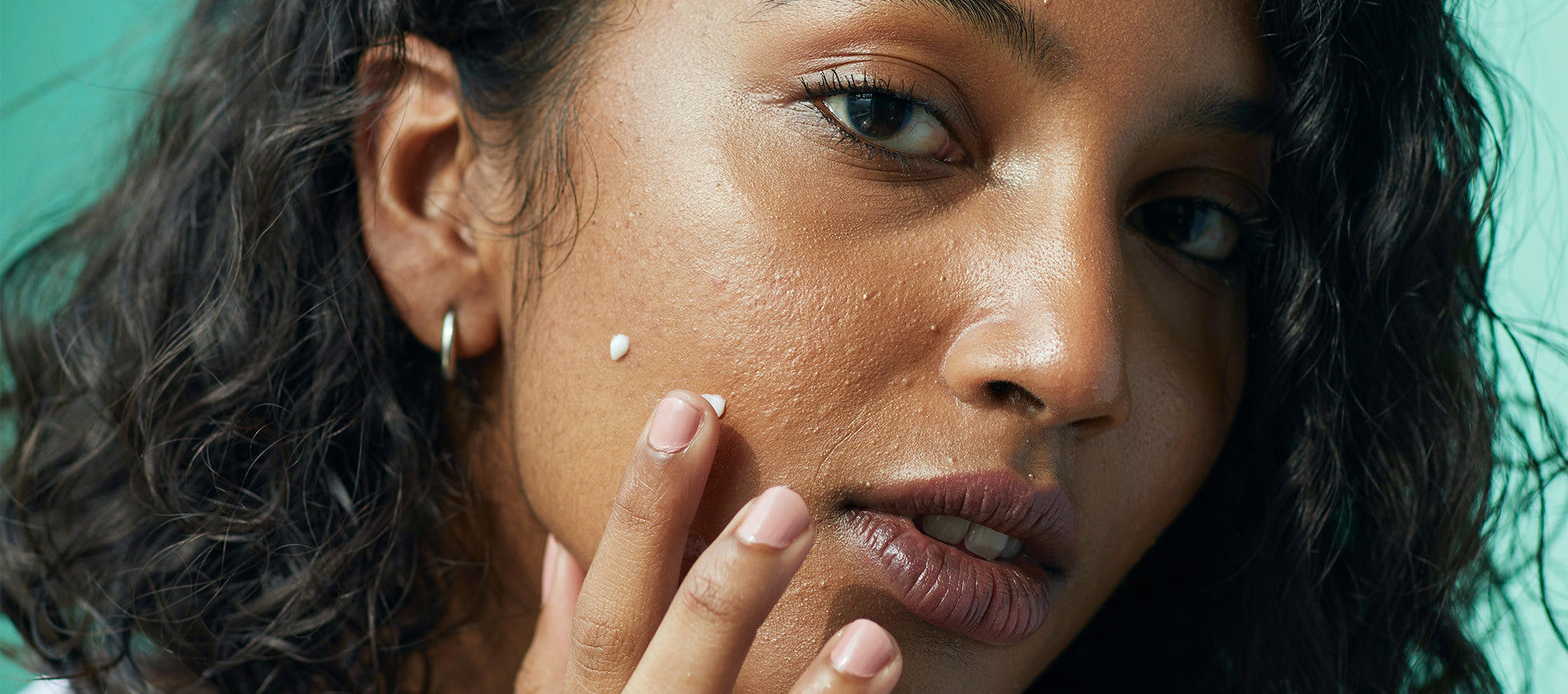While we embrace some of the physical changes with time, the others seem to leave a mark as we grow. About 80% of people get acne between the age of 18 to 30. For some, it is a temporary phase, but for others, it leaves behind acne scars that require proper care. Medication, and in some cases acne treatment is the only solution for it.
At Re’equil our expert team of dermatologists has developed a permanent solution for your severe acne scars that will help you get clear, radiant skin. But before you start your medication, it is necessary to know about acne, the reasons behind acne scarring and what happens if it is left untreated.
What is Acne Scarring?
Acne is the most common skin condition. In teenagers, it is mainly due to their changing hormones, whereas in adults, various factors like stress, environment, menstrual cycles, and pores clogging products, can lead to the growth of acne.
So how is acne formed?
Our skin is the largest organ with three main layers: the epidermis (outermost), the dermis, and the hypodermis. These layers protect the fragile inside of our bodies from external, harmful elements. In addition, the skin in our face, back, and chest has sebaceous glands, a small oil-producing gland that protects against friction and makes the skin more impervious to moisture. It is also the reason for acne.
When the acne blemish gets inflamed, acne scars are formed. This is because acne pores swell and break down on the walls of the pore. Normally the acne blemish is small, and the scars are shallow, so they heal quickly. However, at times the contents of the blemish spill to the surrounding tissues causing deeper scars.
During the acne healing process, the body produces collagen- a substance that gives skin support. If your body produces too little or too much collagen, you will see a scar.
How does one get Acne Scarring?
Unlike the common notion, not all people who have acne, have acne scars. The good part is that it is curable. Some acne causes that play a role in whether or not you develop lasting scars after a breakout is:
- Genetics: Genetics play a crucial role in our body functioning, and for some people, scarring is in their genes. If you have a family history of acne scars, you need to be extra careful about your skin.
- Sun exposure: Vitamin D is great for skin, but too much of it can be damaging. The intense sun does not directly cause scarring but makes the acne marks darker and noticeable.
- Puberty: Puberty is also a reason for developing acne scars. Teenagers are more prone to severe acne because of hormonal changes and thus have a higher risk of scarring.
- Acne Severity: Acne scarring is also directly proportional to the severity of the acne. If the acne is more inflamed, widespread, and more rooted in the skin, scarring is more likely.
- Acne Frequency: A higher frequency of acne breakouts also has a higher risk of scarring.
-
Gender: Research has shown that while both men and women are prone to acne, the severity is more in men due to androgen, the male hormone.
- Time: The longer you wait before getting treatment, the higher is the risk of scars. So make sure you see a dermatologist before it's too late.
- Your actions: Acne can be irritating, and then you feel the urge to touch and scratch them. While for the time being it may calm you, in the longer run, your actions can scar your skin. Use an oil control face wash from Re’equil that will keep your skin clear of further acne breakouts.
Different Types of Acne Scars
Acne scars may have the same origin, but they can be of different types:
1. Atrophic Acne Scars : An indented scar that heals below the normal layer of skin tissue, an atrophic acne scar is formed when the skin is unable to regenerate tissue. During acne formation, if there is a loss of tissue, then there is an indentation in the surface of the skin. This causes imbalance scarring. The indentation can form into one of three types of scarring:
- Ice Pick Scars: A very common scar, making up to 60 to 70 percent of all depressed scars, ice pick scars are narrow and deep. As the name suggests, it resembles a scar caused by a long, thin instrument like an ice pack. They form after deep acne breakouts in thin skin like that on the forehead and cheeks and are difficult to treat.
- Boxcar Scars: Less common than ice pick scars, Boxcar scars make about 20 to 30 percent of the depressed acne scarring. They are wide and typically quite shallow, and can be round or oval, with a sharp edge setting them apart from the skin. They are easy to treat with skin resurfacing treatments.
- Rolling Scars: They make about 15 to 25 percent of depressed acne scarring and are wide and shallow with smooth edges that create the impression of rolling and uneven skin. They appear less deep than other scars and develop on thicker areas of the skin, like the jaw and lower cheeks.
2. Hypertrophic Scars: Also known as keloid scars, hypertrophic scars are caused by the growth of fibrous tissue of the skin. If your skin, while treating the acne, releases too much collagen, a scar is developed that is raised from the surface of the skin. It develops after the skin heals post the injury. It usually affects the chest, back, shoulders, and jawline. It is common in people with dark skin and may be itchy or painful.
3. Post Inflammatory Hyperpigmentation (PIH) : It is characterized by dark spots or discoloration left behind by the severe acne breakouts. During the healing process, melanin production increases in skin which leads to formation of acne marks.
Chemical Treatments for Severe Acne Scars
Acne scars are frustrating and especially when they develop in the visible areas of your face and body. Medication can help you reduce their visibility, but you can also undergo acne treatment to get rid of scarring.
If you are someone who is facing issues getting rid of severe acne scars, these chemical treatments are your way through it all.
Here is a list of popular acne treatment options:
- Laser treatments: The monochromatic light from the lasers stimulate the growth of new collagen and elastin. It greatly reduces the appearance of scars, and with multiple sessions, you can completely remove the scars.
- Dermabrasion: Used for smaller scars, dermabrasion helps remove the top layer of the skin to reveal smoother and fresher skin. A type of dermabrasion, Microneedling uses tiny needles to resurface the skin. This treatment requires recovery time after each session.
- Chemical peels: The chemical peel process helps in removing the top layer of the skin. It is an effective treatment for superficial scars, discolouration, and dark spots.
- Dermal filler injections: Also called soft tissue fillers, dermal fillers are protein injections or acids to fill out or plump up a target area of the skin. Though it is highly effective it does not last long so requires multiple sessions.
- Topical medications: In this method, medication is applied to a particular place on or in the body. It helps reduce the appearance of scars, redness, and discolouration. They may also help prevent further breakouts and scarring.
- Oral medications: Based on your skin type, and how much oil your skin produces, the doctor can prescribe you oral medication to help with your scars, and also acne breakout.
- Incision and Drainage: A widely used chemical treatment, these processes are used to remove large and painful acne. It involves using a sterile needle or surgical blade to open the blemish and removing the pus inside.
- Corticosteroid injections: The treatment can be used to treat acne on your face and body. Corticosteroid reduces the chances of scarring. It is helpful if you are prone to hyperpigmentation (darkening of the skin) after a breakout.
- Cryosurgery: In cryosurgery, the dermatologist freezes the scar tissue. It leads the tissue to die and gradually fall off. This treatment produces the best results, but the only drawback is that it can cause permanent light spots on the treated skin.
These are some chemical treatments that can help in acne scar treatment. While each of them has its set of benefits and drawbacks, it is important to get an expert opinion first. You must start with visiting the dermatologist, getting it checked, and then go for the treatment that suits your skin and the type of acne outburst you have.
Natural Remedies to Remove Acne Scars
Once you have an acne scar, the above chemical treatments will be of great help. However, you can start your treatment at home by making small changes to your habits like treating the acne as it develops, not popping or picking on our acne as it can make the scar worse. However, if you have popped the acne and it has turned into a scab, make sure not to pick at the scab.
In addition, there are some topical ingredients that people have used for ages to treat acne scars. Some efficient natural remedies to remove scars are:
- Aloe Vera gel: Aloe vera has medicinal properties and in the case of acne, it works to aid the healing process. Research proves that aloe vera is applied to wounds to treat inflammation and scar tissue size. You can find aloe vera gel in the drugstore or you can grow the plant at home, cut the leaves and apply the gel directly to the skin.
- Raw honey: Honey is a great remedy for numerous skin-related medical problems including burns, wounds, and herpes. Studies have also shown that it has the property to speed wound healing and reduce the potential of scarring. It calms the scar, and its antibacterial properties will help fight infection, preventing more acne from appearing.
- Lemon juice: Though there is no significant research, the anecdotal evidence is enough to vouch for the magical nature of lemon juice. Lemon juice has a highly acidic nature and helps in reducing discoloration and evens out the skin tone.
In case of severe skin damage, the use of simple home remedies alone might not be enough to fade away the acne scars effectively. Fortunately, topical acne scars treatment products have delivered satisfactory results in refining the skin texture. Topical ingredients speed up skin regeneration to diminish acne scars while promoting collagen production.
Re’equil’s Pitstop Gel that targets acne scars and post-inflammatory hyperpigmentation (also known as acne marks), contains the following ingredients:
- Allium Cepa Bulb Extract: An extract of the bulbs of the onion, Allium cepa, helps improve hypertrophic and keloid scars via multiple mechanisms.
- Olea Europaea Leaf Extract: The Olive Leaf Extract contains flavonoids to stimulate cells in the connective tissue and has a unique ability to heal wounds and scars in the skin. It thus improves the condition of the skin.
- Bellis Perennis (Daisy) Flower Extract: The Daisy extract provides antiseptic properties that can remove bacteria from the surface of the skin, keeping it healthy.
- Bulbine Frutescens Leaf Juice: The Bulbine Leaf gel is used for the treatment of skin scars as it helps in increasing tensile strength and increasing collagen deposition and maturation.
Takeaway
Acne can be troublesome, and we all know prevention is better than cure. So, make sure to wear sunblock, eat healthy food, drink lots of water, and if you ever see an acne popping, make sure to get acne treatment immediately and visit an experienced dermatologist to ensure your skin is flawless and beautiful.
Re’equil’s range of serums and acne scar gels contain a combination of the above-mentioned topical ingredients. Each ingredient focuses on treating scarring concerns and dark spots for different skin types. Our non-comedogenic product range includes Pitstop Gel, Acne Clarifying Gel, Face washes, Sunscreen gels, and a variety of serums that will effectively rid you of severe acne scarring. The salicylic and glycolic acids present in our products fade away acne scars considerably. Start your journey towards smooth skin with us today.
